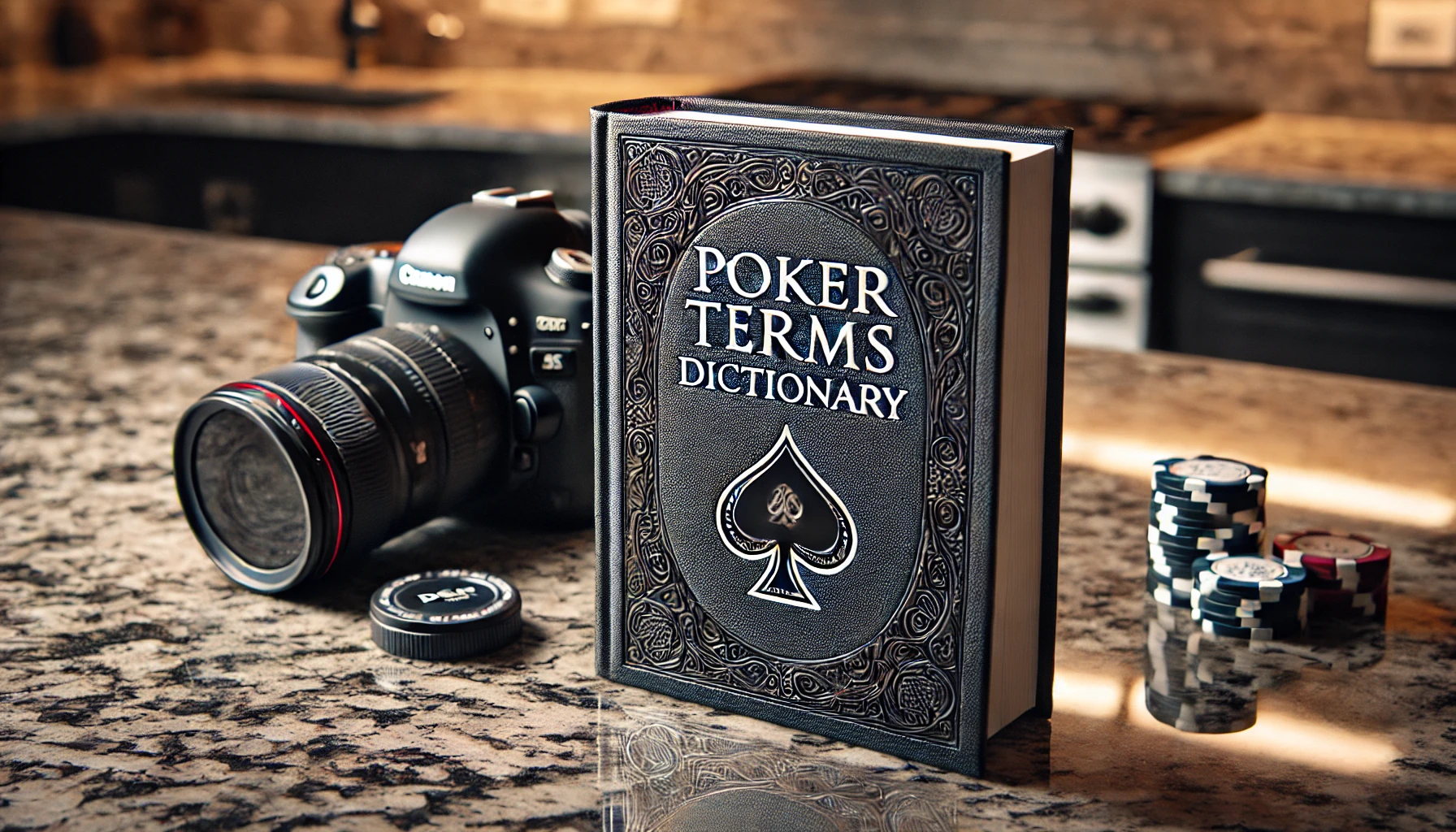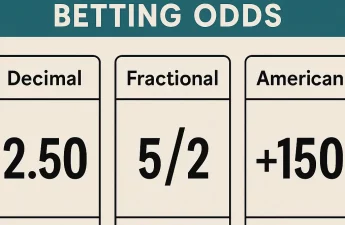Poker’s complex vocabulary can be formidable, but this extensive terms dictionary [guide] has you covered. Learn the fundamentals – hand rankings, betting strategies, and table etiquette. Immerse into advanced concepts like pot management, probability calculations, and expected value. Master the lingo to navigate the poker world confidently. From basic betting rules to probability theory, this guide equips you with the knowledge to play like a seasoned pro. Continue exploring to uncover the nuances and strategies that will take your poker game to new heights.
Fundamental Poker Hand Rankings
Poker hand rankings are the foundation upon which the game is built. Comprehending the hierarchy of hand combinations is essential for making informed decisions and maximizing your chances of success. The fundamental poker hand rankings, from highest to lowest, are: Royal Flush, Straight Flush, Four of a Kind, Full House, Flush, Straight, Three of a Kind, Two Pair, One Pair, and High Card.
This hand strength analysis determines the probability of each hand combination, which is indispensable for effective hand combination possibilities. For example, a Royal Flush is the rarest and most valuable hand, occurring once in every 649,740 hands, while a High Card is the most common, occurring in about half of all dealt hands.
Comprehending these rankings allows you to assess the strength of your hand, make informed bets, and navigate the complexities of the game with confidence. Mastering the fundamental poker hand rankings is the first step towards becoming a skilled and strategic player.
Essential Betting and Betting Terminology
Betting is the heart of poker. You’ll need to understand the basics like antes, blinds, raises, and bet sizing.
Pot odds, folding, calling, and betting strategies are also essential to master.
Ante, Blinds, Raises
The ante, blinds, and raises form the essential building blocks of betting in poker. The ante is a forced bet made by all players before the cards are dealt, seeding the pot.
The blinds are two forced bets placed by the players to the left of the dealer, ensuring action. Raises allow you to increase the size of the bet, putting pressure on opponents and building the pot. Mastering ante, blind, and raise strategy is pivotal for pot control and position play.
Understanding when to raise, call, or fold based on your hand strength, position, and the action is key to long-term profitability. Applying these fundamentals will give you a solid foundation for maneuvering the complex world of poker betting.
Bet Sizing, Pot Odds
Bet sizing and pot odds are essential components of effective betting strategy. Understanding how to properly size your bets and calculate the correct pot odds is imperative for making profitable decisions at the poker table.
The size of your bet should be influenced by several factors, including:
- The size of the current pot
- The strength of your hand
- The number of opponents remaining
- Your position at the table
Calculating pot odds involves comparing the size of the current pot to the size of the bet you’re facing. This ratio helps you determine whether the potential reward justifies the risk of your call. If the pot odds are favorable, you should call; if not, you should fold.
Betting position also plays a significant role, as acting earlier forces you to bet based on the uncertainty of your opponents’ hands. Conversely, acting later allows you to gather more information and make more informed decisions.
Mastering bet sizing and pot odds calculation is vital for thriving in the dynamic world of poker.
Folding, Calling, Betting
Fundamentally, the three essential actions in poker are folding, calling, and betting. Folding means discarding your hand and forfeiting the current pot. Calling means matching the bet or raise to remain in the hand. Betting means putting chips into the pot to build the pot size or force opponents to make a decision.
Proper bet sizing is vital for pot positioning and hand history. Your bet size should account for the current pot size, your stack size, and your opponents’ tendencies. Betting too small can allow opponents to profitably call, while betting too large can make your hand unaffordable. Skillful betting maximizes your winnings when ahead and minimizes your losses when behind.
Calling is often the most profitable option when the pot odds justify the call. By calling, you keep your options open and may improve to a winning hand on later streets. However, indiscriminate calling can bleed your stack, so selectively call based on proper pot odds calculations.
Poker Table Etiquette and Lingo
Maintaining proper etiquette at the poker table is essential, as it creates a more enjoyable and respectful gaming environment for all participants. Familiarize yourself with the following poker table lingo and etiquette:
- Chip stacking: Keep your chips neatly organized and separated by denomination to guarantee confusion avoidance during the game.
- Seating position: Be mindful of your seating position, as it can impact the dynamics of the game. Avoid changing seats without permission.
- Verbal declarations: Clearly announce your actions, such as “Bet,” “Call,” or “Raise,” to confirm everyone at the table understands your intent.
- Table talk: Keep conversation to a minimum, and avoid discussing hand strength or strategy, as it could provide an unfair advantage to other players.
Adhering to these guidelines won’t only improve the overall experience for everyone at the table but also demonstrate your respect for the game and your fellow players.
Advanced Poker Strategies and Concepts
Mastering advanced poker strategies and concepts is essential for elevating your gameplay. Understanding concepts like pot management and bankroll management can make all the difference in your journey to becoming a skilled player.
Pot management is the art of carefully controlling the size of the pot throughout a hand. This involves making thoughtful decisions about when to bet, raise, or fold based on the current pot size, your hand strength, and your opponents’ actions. Effective pot management allows you to maximize your winnings and minimize your losses.
Bankroll management is equally imperative. It’s about managing your financial resources wisely, ensuring you don’t risk more than you can afford to lose. This includes determining appropriate bet sizes, managing your session lengths, and keeping a close eye on your overall poker bankroll. Proper bankroll management helps you navigate the ups and downs of the game and maintain a sustainable approach.
Embracing these advanced strategies and concepts will surely elevate your poker skills and decision-making abilities, ultimately leading to more successful and enjoyable gameplay.
Understanding Poker Odds and Probabilities
Understanding the odds and probabilities in poker is essential. You’ll need to calculate the likelihood of completing your hand and the potential payoff.
Mastering these probability calculations will give you an advantage at the tables.
Probability Calculations
Probability calculations are essential in poker, as they enable you to assess the likelihood of various outcomes and make informed decisions. By understanding the probabilities involved, you can identify the most profitable plays and adjust your strategy accordingly.
Key aspects of probability calculations in poker include:
- Expected value calculations: Analyzing the expected return on your bets, considering both the probability of winning and the potential payout. This helps you determine the mathematical expectation of a given play.
- Statistical sampling techniques: Applying principles of statistics to analyze the patterns and trends in the cards dealt. This allows you to make more accurate predictions about the cards that are likely to appear on the next street.
- Hand odds and outs: Calculating the odds of improving your hand on the next card, which is pivotal for determining the correct size of your bets and whether to continue with your current hand.
- Pot odds: Evaluating the ratio between the current size of the pot and the amount required to call a bet, helping you decide whether a call is mathematically justified.
Odds Interpretation
Poker odds and probabilities go hand-in-hand with the probability calculations you’ve already learned. Understanding how to interpret poker odds is pivotal for making informed decisions at the table. When it comes to poker, odds refer to the likelihood of a certain event occurring, such as completing a hand or improving your current hand.
To interpret odds, you’ll need to grasp the concept of probability distribution. This refers to the range of possible outcomes and their respective likelihoods. By calculating the probability of each potential outcome, you can determine the odds of achieving a desired result. Hand equity calculations, which assess the strength of your hand compared to your opponent’s, are also essential for interpreting odds accurately.
Mastering the interpretation of poker odds will allow you to make more strategic decisions, evaluate the risk-reward ratio, and optimize your gameplay. With practice and a solid understanding of probability, you’ll become adept at interpreting poker odds and gaining a significant edge at the tables.
Poker Room Rules and Regulations
Ultimately, poker room rules and regulations set the stage for fair gameplay. These protocols guarantee that all players are on the same page, eliminating confusion and promoting a positive environment.
As you step into a poker room, familiarize yourself with the following key considerations:
- Table Protocol: Understand the proper etiquette for seating, dealing, and handling cards. Respect the dealer’s authority and follow their instructions to maintain the flow of the game.
- House Rules: Each poker room may have unique rules and variations, such as the use of a button, the number of cards dealt, or the handling of side pots. Acquaint yourself with these house rules before playing to avoid any missteps.
- Betting Limits: Familiarize yourself with the minimum and maximum bets allowed, as well as any specific betting structures, such as fixed-limit or no-limit games.
- Player Conduct: Adhere to the room’s standards of behavior, including proper language, dress code, and the handling of chips and cards.
Glossary of Commonly Used Poker Terms
The language of poker is rich with specialized terms and jargon, each word conveying a nuanced meaning pivotal to the gameplay. From the classic “flush” and “straight” to the more esoteric “the nuts” and “three-bet,” this glossary covers the most commonly used poker terms. Mastering these terms is essential for understanding hand reading strategies and the intricacies of card combinations.
For instance, knowing the difference between “overcard” and “undercard” can inform your decision-making during a hand. Similarly, understanding the hierarchy of card combinations, from the lowly “high card” to the mighty “royal flush,” is paramount for evaluating the strength of your hand. Familiarize yourself with these terms, and you’ll soon be traversing the felt with the confidence of a seasoned pro. Whether you’re a beginner or a veteran, this glossary is your indispensable guide to the lexicon of poker.
Conclusion
You’ve now got a well-rounded understanding of the poker world, pardner. From the nitty-gritty of hand rankings to the lingo of the table, this guide’s got you covered. Whether you’re a seasoned pro or a greenhorn, use this as your trusty sidekick to up your game and avoid being the town fool. Ready to put your skills to the test? Try your hand at Ultimate Hold’em, Stud Poker, or get started with Three Card Poker. For those who prefer digital dealing, Video Poker and Double Double Bonus Poker await. Time to put on your poker face and hit the tables – the chips are waiting.




